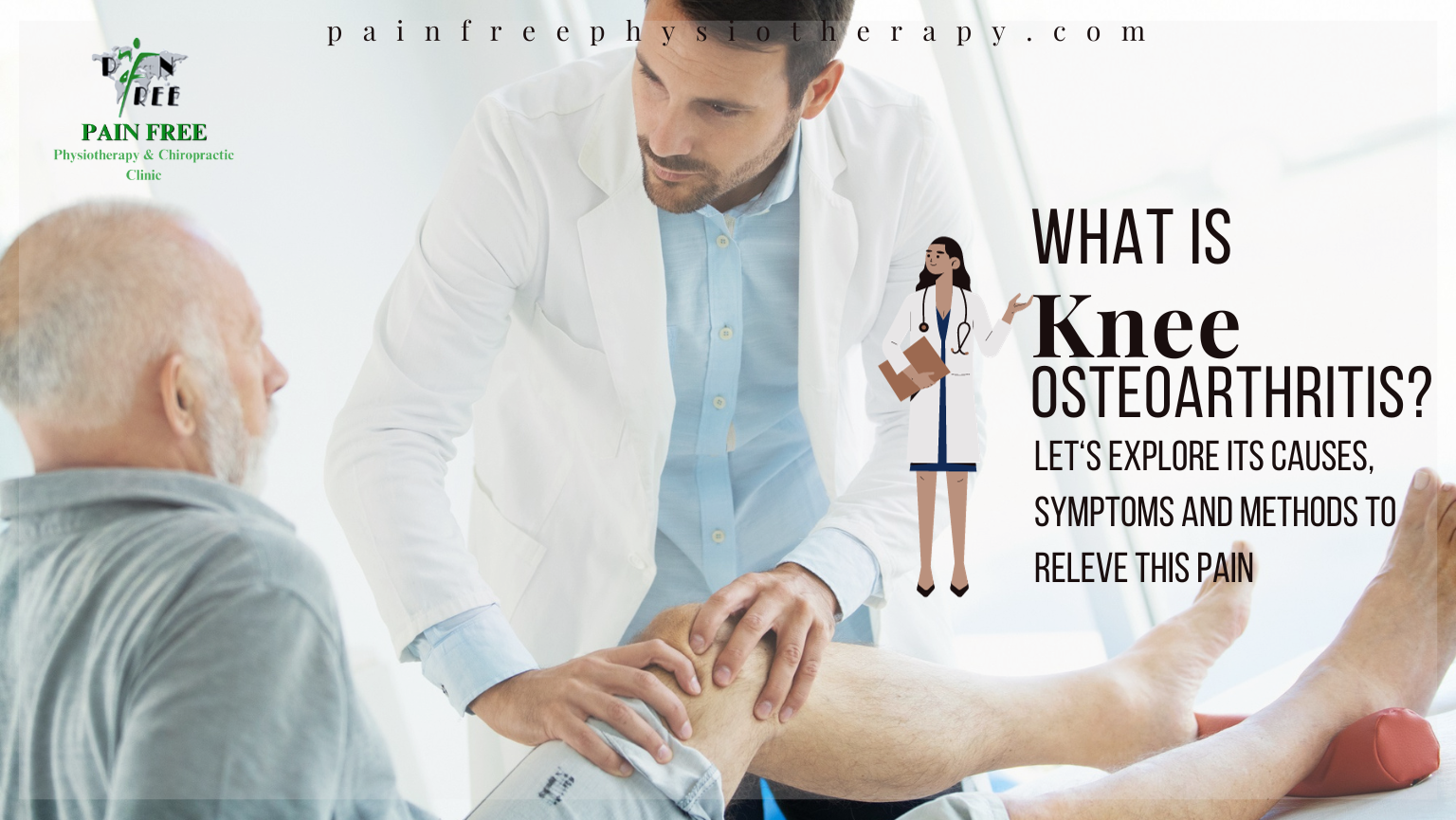Knee Osteoarthritis & Treatment
 What is Knee Osteoarthritis?
What is Knee Osteoarthritis?
Knee joint pain is one of the common conditions in adults during the later stages of life. It may be attributed to some injury in the recent past or older ones which results in the derailment of the knee. The most commonly suspected case in these individuals is a degenerative joint disease or osteoarthritis (OA). It refers to mechanical abnormalities causing the degradation or degeneration of joints, including the articular cartilage, capsule, and subchondral (underlying) bone.
What are the Common Symptoms of Knee Osteoarthritis?

Apart from agonizing pain, other common symptoms may include joint stiffness (often the first worst thing in the morning and after every period of rest), swelling, locking and clicking, grinding sound, and tenderness on palpation.
Recent studies have revealed that people are starting to have symptoms of OA at an early age in the new generation. This is attributed to a sedentary lifestyle. The mechanical loading of weakening joints, in day-to-day activities, can cause ‘wear and tear’ of the joint cartilage.
The other factors suspected to contribute to early cartilage wear and tear are hereditary, metabolic, and developmental. With the loss of the protective cartilaginous layer, the underlying bone gets exposed and further deterioration occurs at a faster rate.
These degenerative changes usually result in bone and joint inflammation affecting the surrounding structures in severe conditions and the development of the associated symptoms.
The reversal of eroded cartilage and the associated degenerative changes is not possible, however, physiotherapy is of extreme help in relieving the symptoms and slowing down the further deterioration of joint erosion.
Physiotherapy Treatment aims at :
- Patient education about the preventive measure to reduce stresses on the joint (lifestyle changes)
- Reducing pain and inflammation
- Reducing joint stiffness and enhancing mobility
- Achieving complete range of motion
- Strengthening of muscles around the joint
- Stretching of tight structures (muscles, retinaculum, ligaments, or capsule) around the joint
- Patellar malalignment correction
- Biomechanical correction of ankle and foot
- Prescription of supportive aids like braces, splints, orthoses, etc
- Proprioception and balance exercises
- Aerobic conditioning as OA can be debilitating at times affecting mobility and hence causing cardiac issues.
- Proper footwear and
- Correction of Gait abnormalities.
The patient needs to stick to the home exercise regime and lifestyle changes to achieve the best possible results of physiotherapy management of osteoarthritis. The patient may need to seek treatment only if the condition flares up again. The patient can visit the clinic even while asymptomatic for regular evaluation of benefits with a home exercise program and progression if needed over a period of 2-3 months.
Surgical intervention:
Patients with advanced stage of Knee Osteoarthritis, severe pain because of systemic arthritis, post-traumatic joint damage, or extreme joint instability are cases of knee surgery. Common surgery options are arthroscopic debridement, partial or Total Knee Replacement/ arthroplasty depending on joint condition.
Before surgery patient should be evaluated by a physiotherapist for available range of motion, strength, and functional status. This helps in designing a post-operative treatment plan and also to improve the strength of muscles around the joint pre-surgery. As a result of this patient copes well with post-operative physiotherapy treatment.
Post-operative Physiotherapy Treatment shall be discussed under
- Total knee replacement rehabilitation &
- Post arthroscopic surgery rehabilitation
We at PAIN FREE PHYSIOTHERAPY CLINIC deals with all joint-related conditions manageable by physiotherapy and provide you with a better understanding of your problem.






 What is Knee Osteoarthritis?
What is Knee Osteoarthritis?